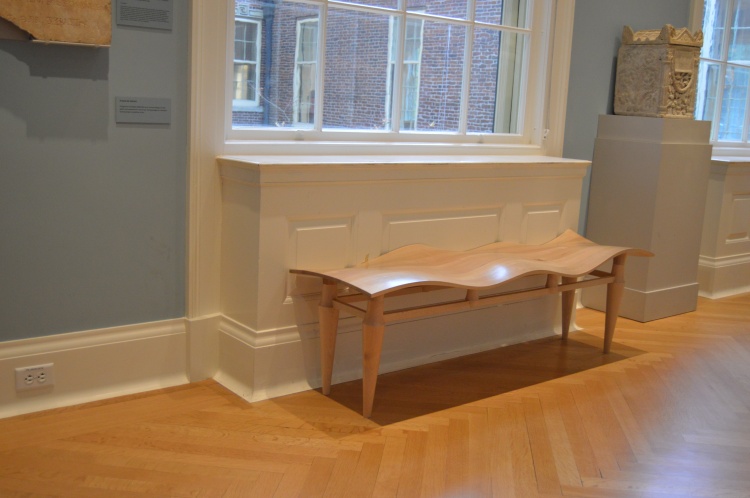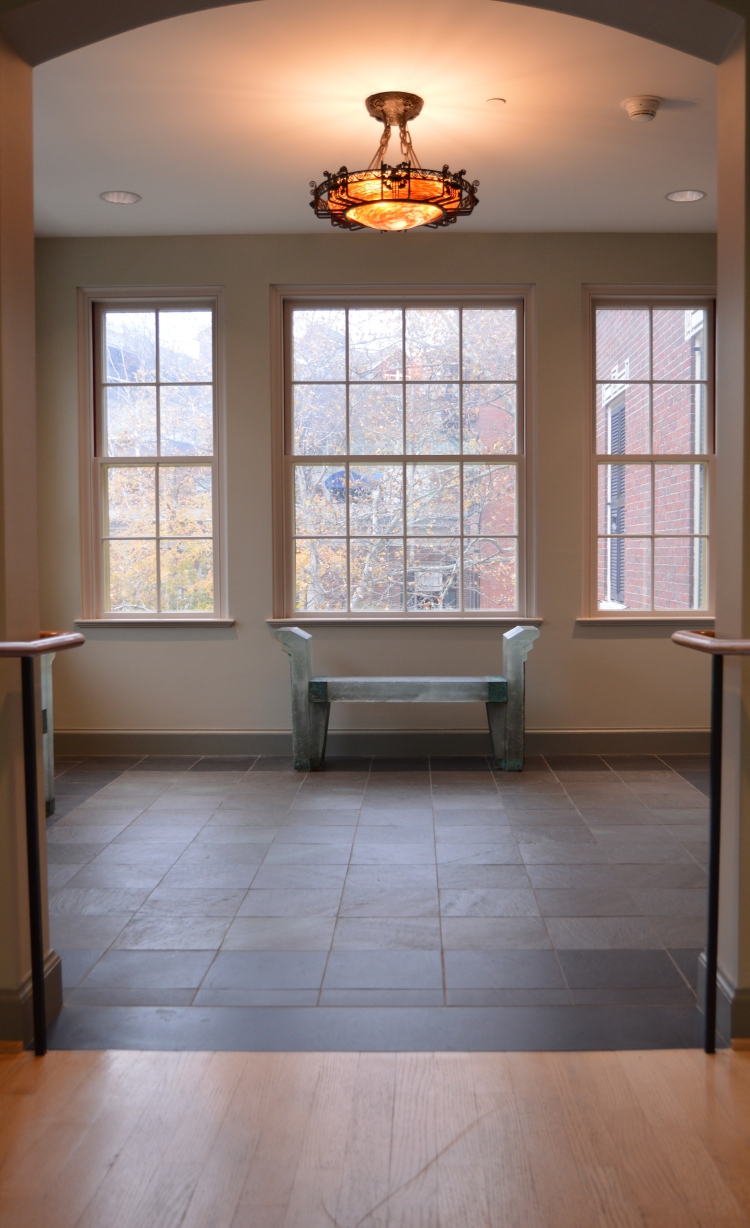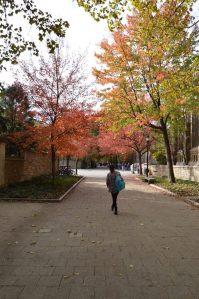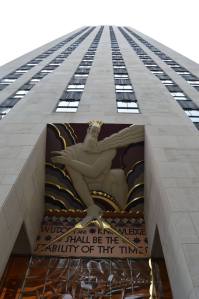
Europe, A Prophecy (1795), Copy A, Plate 5, Yale Canter for British Art.
Autumn or Fall seems to have given way to winter, at least back in England’s grey and drizzly land. I am missing the big blue skies of the East Coast; the clouds seem barely to have parted since I returned to Manchester!
On the other side of the Atlantic, my final couple of weeks saw dramatic fluctuations in weather, from snow the day before Thanksgiving to a day mild enough to sit out at lunch without a jacket on the last day of November!
In my last few days in New Haven I managed to see the last of the Blake works in the collection at the YCBA, and to make an excursion to Yale’s Lewis Walpole Library in Farmington, Connecticut to see some eighteenth-century satirical prints (see details of the 2012 exhibition ‘Sacred Satire‘) and the memoirs of Blake’s patron Revd. Dr. Trusler.
I then travelled up and down the East Coast to see more Blake works in Boston, Washington, DC and Philadelphia, visits which also allowed me to catch up with a school friend and an uncle and aunt.
My day at the Library of Congress was particularly memorable – on the aforementioned snow day I was the only person in the Rare Books Reading Room for the first hour of my visit, and there were only two other readers later in the day. I sat opposite a window, watching the snow fall on a rather empty DC from where most people seemed to have left early for the long weekend.
Spending a lot of time with original works afforded numerous ‘minute particulars’ that will feed back into my thesis – noticing details that are lost in reproductions, or simply overlooked because, particularly for those that are less central to my project, the opportunity to see originals meant that I spent more time looking at the works. I also gleaned insights and references from conversations with other scholars and curators, and from institutional files.
Now I need to take advantage of the uninspiring winter days and get my head down to make those minute particulars count as I return to the business of finishing my thesis.





You must be logged in to post a comment.